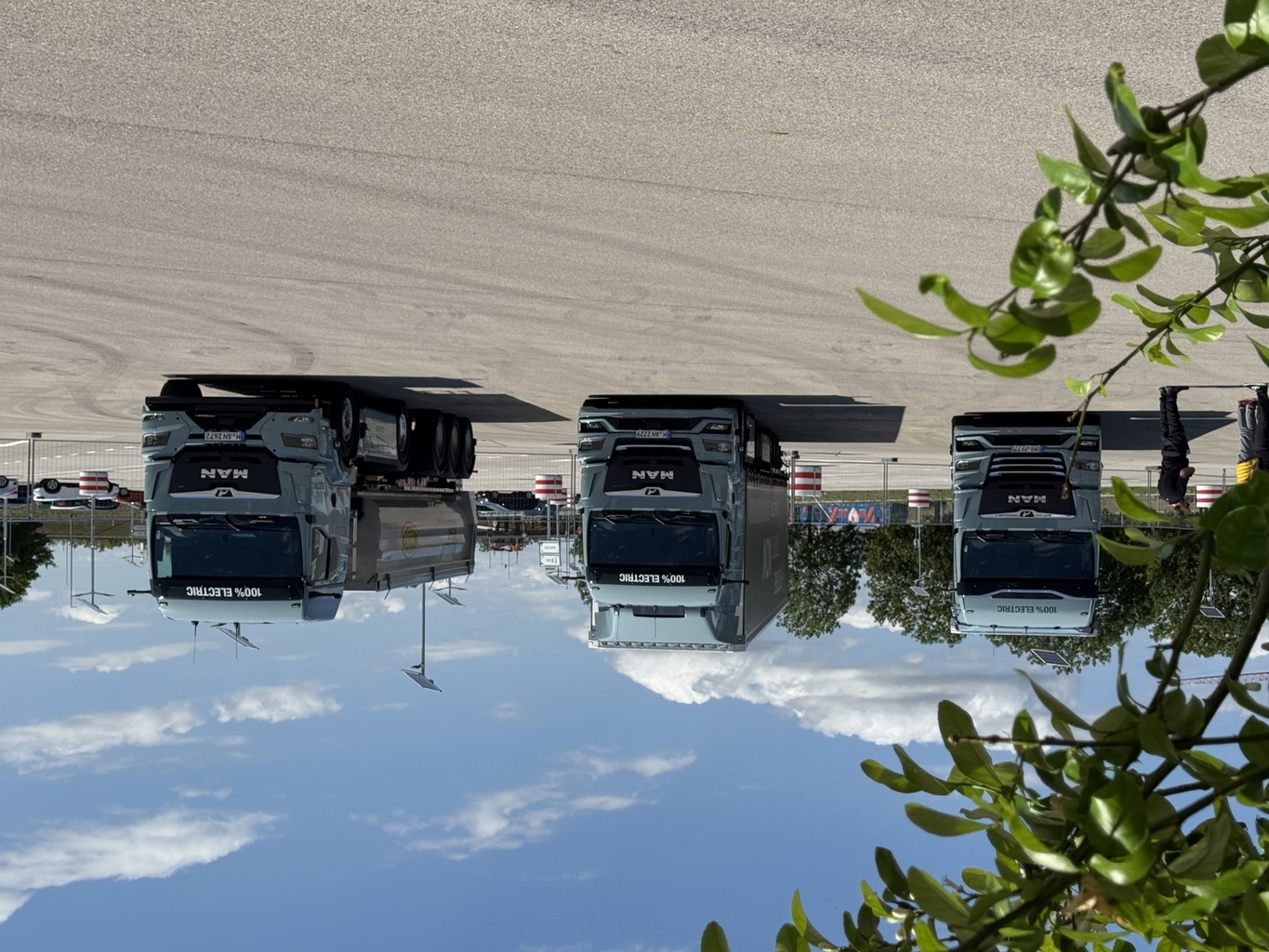
The Munich truck manufacturer MAN is one of those who has always paid great attention to legitimate customer expectations and requirements, while strictly adhering to legislative measures. That is why MAN trucks have a reputation among drivers and operators as the least problematic with a high level of added value. This is also proven by a number of annual statements by the independent organization TUV, in whose rankings of vehicle reliability according to age, MAN ranks at the top, reports Milan Olšanský, ITOY jury member for CZ and SK.
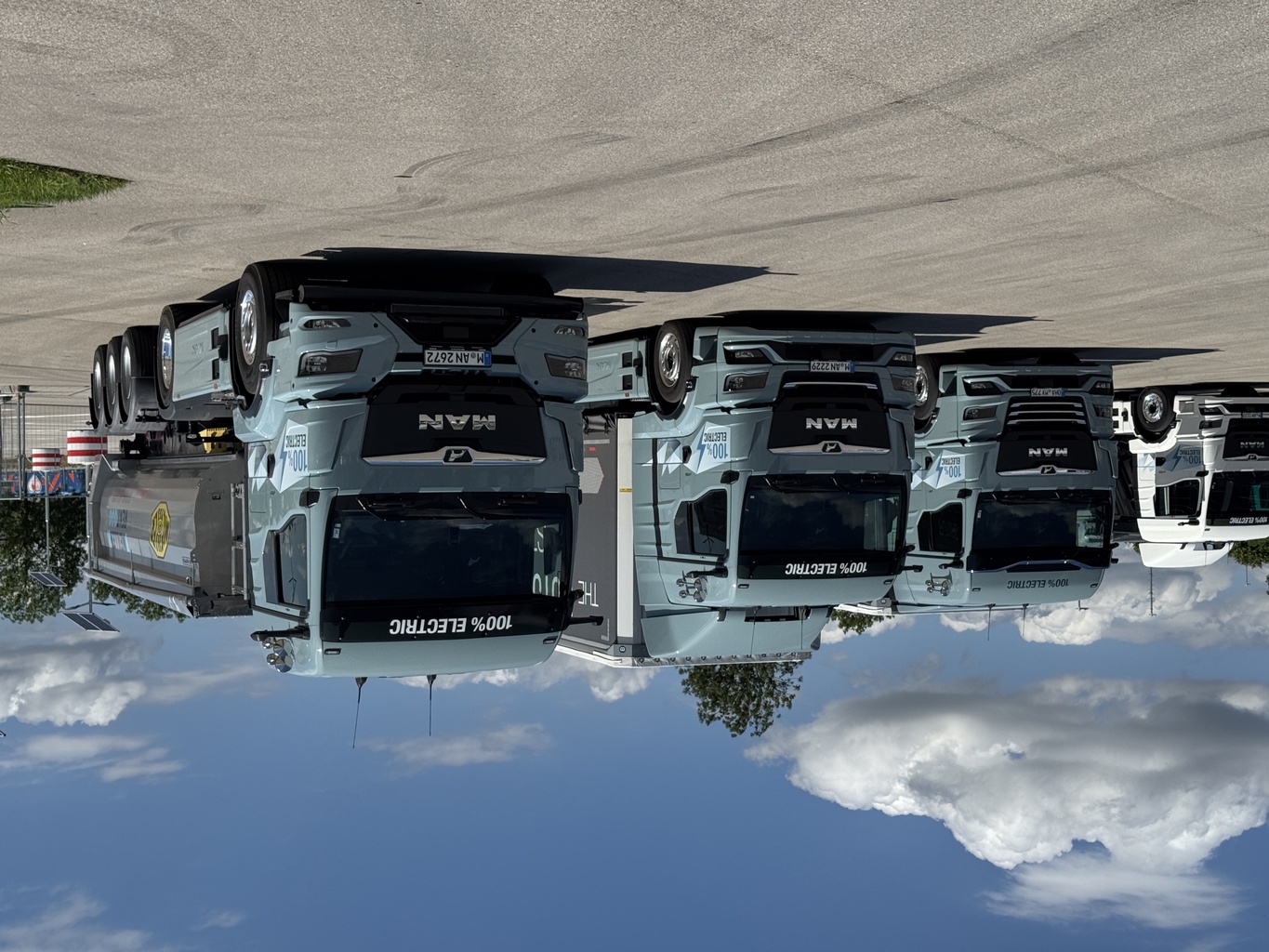
For more than the last two decades, MAN has been coining the slogan "efficiency" at all levels, which is directly related to the creation of profits for customers and vehicle operators from Munich. The fact also remains that the manufacturer "releases" only thoroughly verified and long-term tested solutions into series production. The result of all this and many other service and after-sales services that MAN literally endures are vehicles that are a pleasure to work with. Nevertheless, there is still a slight fear of losing identity, perhaps even face. It stems from long-standing dreams of finding design and commercial synergy between Munich and Södertälje. For a long time, it seemed that MAN would retain its premium status despite the varying degrees of connection with the Scania brand. I would certainly be taking “owls to Athens” if I were to describe the entire genesis of the cooperation and its results here. I will therefore limit myself to the fact that since MAN and Scania have come one hundred percent under the roof of the TRATON Group, their design synergy has been exemplary, and the commercial one has even successfully outpaced it.
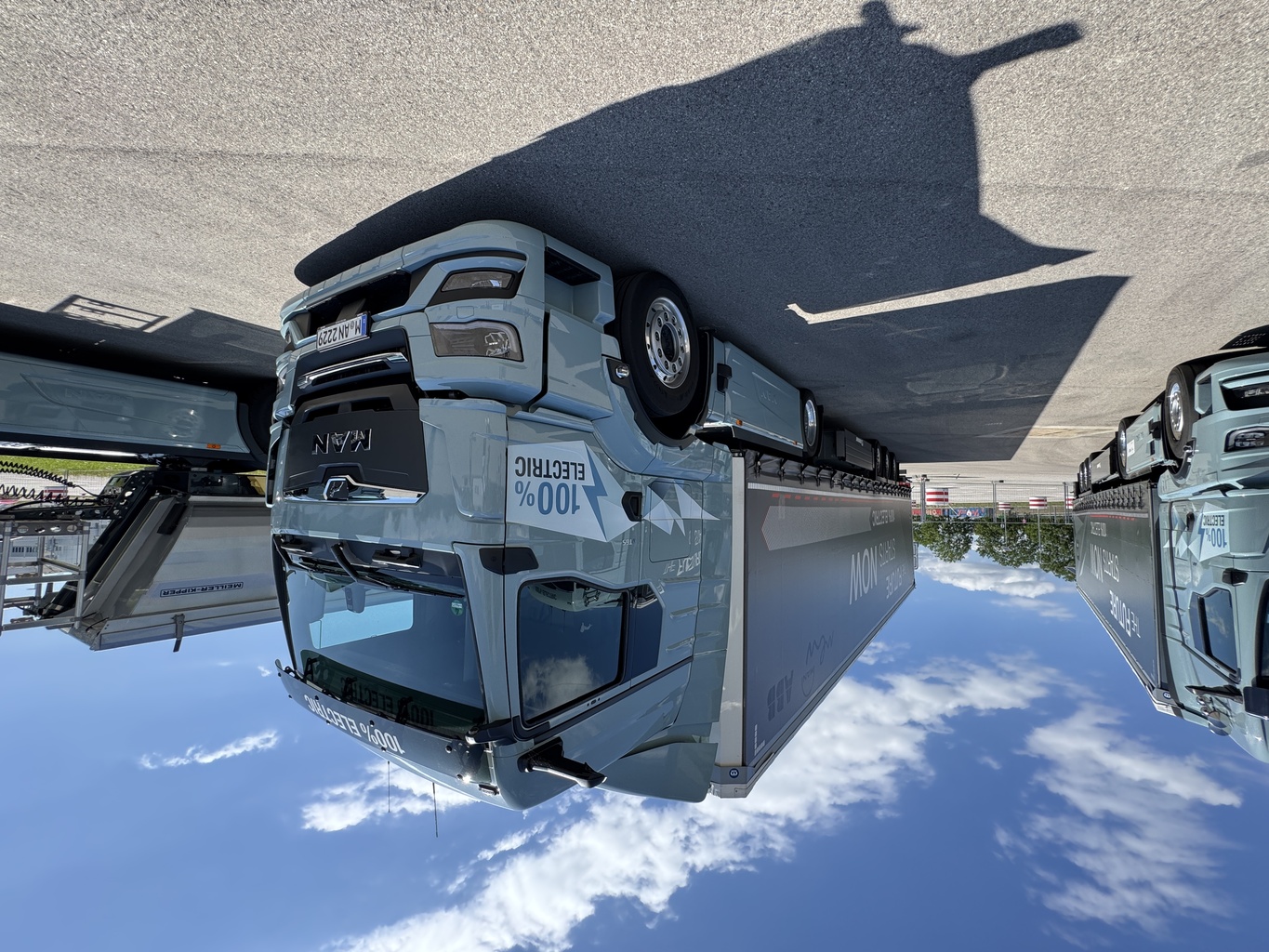
Modularity as a basis
Perhaps the above design synergy can be observed most and most visibly in the development and production of fully electric battery trucks. Today, the second generation of Scania electric trucks has embellished its design by placing the heart of the electric vehicle (electric motor, transmission and converter) practically in the middle of the vehicle chassis, thus freeing up space for the optimal distribution of three to seven battery packs, the number or capacity of which significantly affects the range. In addition, their weight has a significant impact on the vehicle's payload.
All this was taken over by MAN vehicles within the group. In addition, their designers and marketers significantly developed the entire concept in the sense that they again offered customers a huge number of BEV configurations responding to a given, specific operation (up to 1 million possible). With the launch of series production of eTGS and eTGX vehicles, 4x2, 6x2 vehicles and chassis in solo or semi-trailer tractor versions immediately appeared in MAN's offer. Two-axle versions up to a total weight of 20 t or a total combination weight of 50 t, three-axle vehicles up to a total weight of 28 t, in a combination of 50 t and two-axle semi-trailer tractors with a total combination weight of up to 50 t. The flexibility of the entire heavy-duty e-vehicle system is underlined by the possibility of simply placing four, five or six sets of traction batteries in the chassis of the 4x2 eTGX/S road tractor (two under the cab, another on the sides of the vehicle in the wheelbase) offering a capacity of 320 kWh, 400 kWh or 480 kWh. In the three-axle chassis of solo vehicles, this is even more striking – from three to seven battery packs. This means a capacity of 240 kWh, 320 kWh, 400 kWh, 480 kWh or even 560 kWh. The use of three or six battery packs in the vehicle offers a flexible 2.4 t of payload or up to 1.6 t on the fifth wheel of the tractor. The difference in range is around 300 km for solo vehicles with six or just three battery packs. In addition, there is an opportunity not to buy unnecessarily vehicles equipped with more batteries than they deserve for real use and operation. Speaking of batteries, it should be mentioned that the eTGL chassis can have two with a total capacity of 160 kWh to four with a total capacity of 320 kWh. The MAN eTGL is an example of the filigree of the entire structure - a two-speed gearbox, the proven spacious and ergonomically excellent CC model cabin and the option of air suspension on both axles (LL) make it a "cloud" on which everyone will be happy to ride and solve their traffic problems.
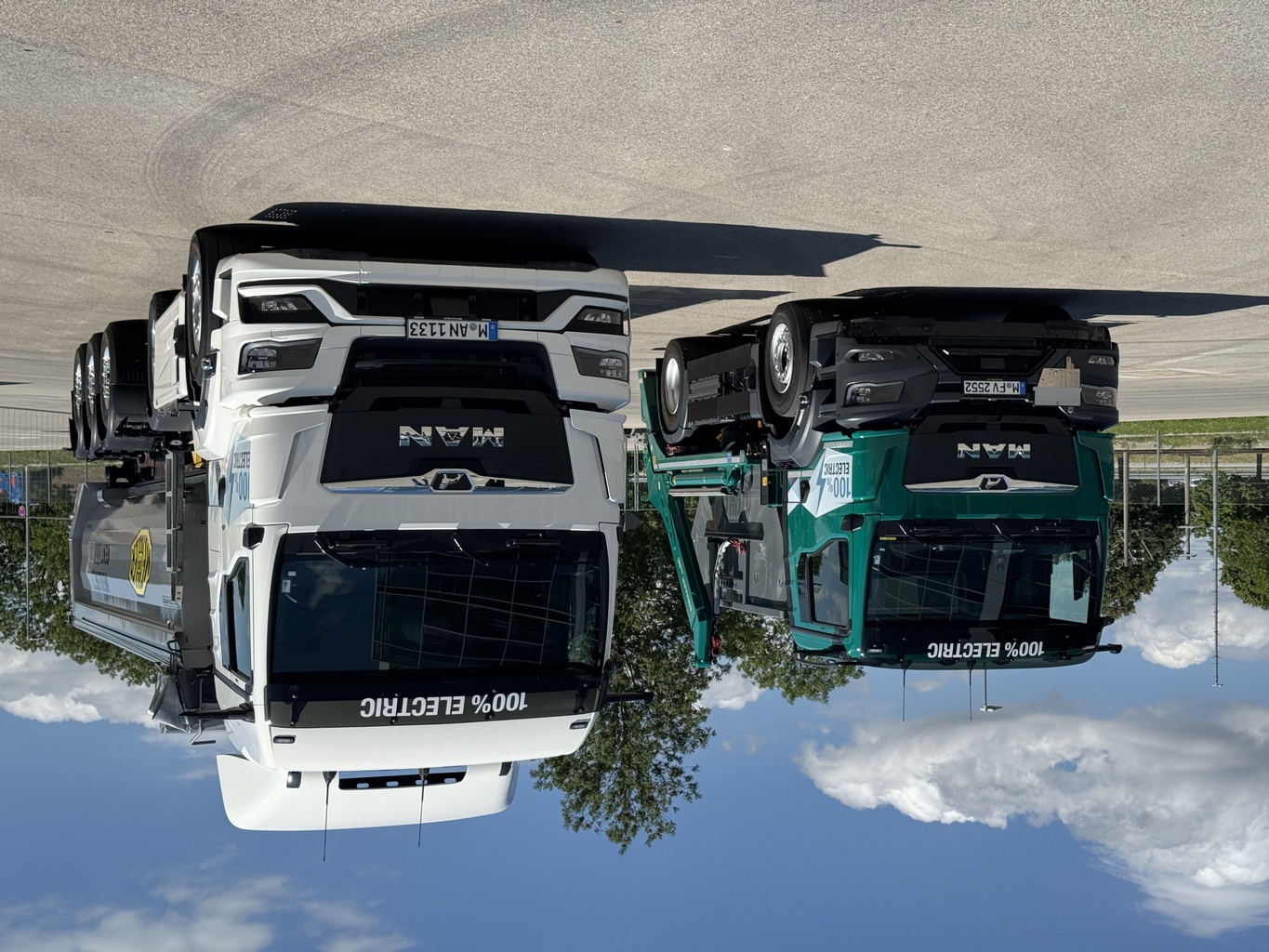
The customer can also expect air suspension on both axles on the eTGX or eTGS road tractors, as well as the more common system of rear air suspension and front leaf springs (BL). In the case of road tractors, the gearboxes are four-speed. Depending on the configuration, the vehicle's electric motor offers an output of 333 hp/245 kW, 449 hp/330 kW or 544 hp/400 kW with a corresponding torque of 800 N.m, 1150 N.m or 1250 N.m. .
During coasting and braking phases, the driver can use the electric motor as a generator, depending on the application requirements, and converts the vehicle's kinetic energy back into electrical energy. The batteries are recharged in this process. The maximum possible recuperation power corresponds to the drive power of the electric motor. engine and is therefore comparable to the power of today's high-performance diesel engine brakes. As with them, the automatic transmission shift supports the best possible recuperation at increased engine speeds. The overall combination of the modular battery concept and the payload- and body-friendly positioning of the drive unit also enables very short wheelbases of 3, 75 meters, which allows the semi-trailer tractor to be combined with all common semi-trailer variants within the permitted overall length specifications. The compact battery design is also the reason why MAN can also offer the new eTruck as a volume variant with a very low frame height for transport with an interior height of three meters.
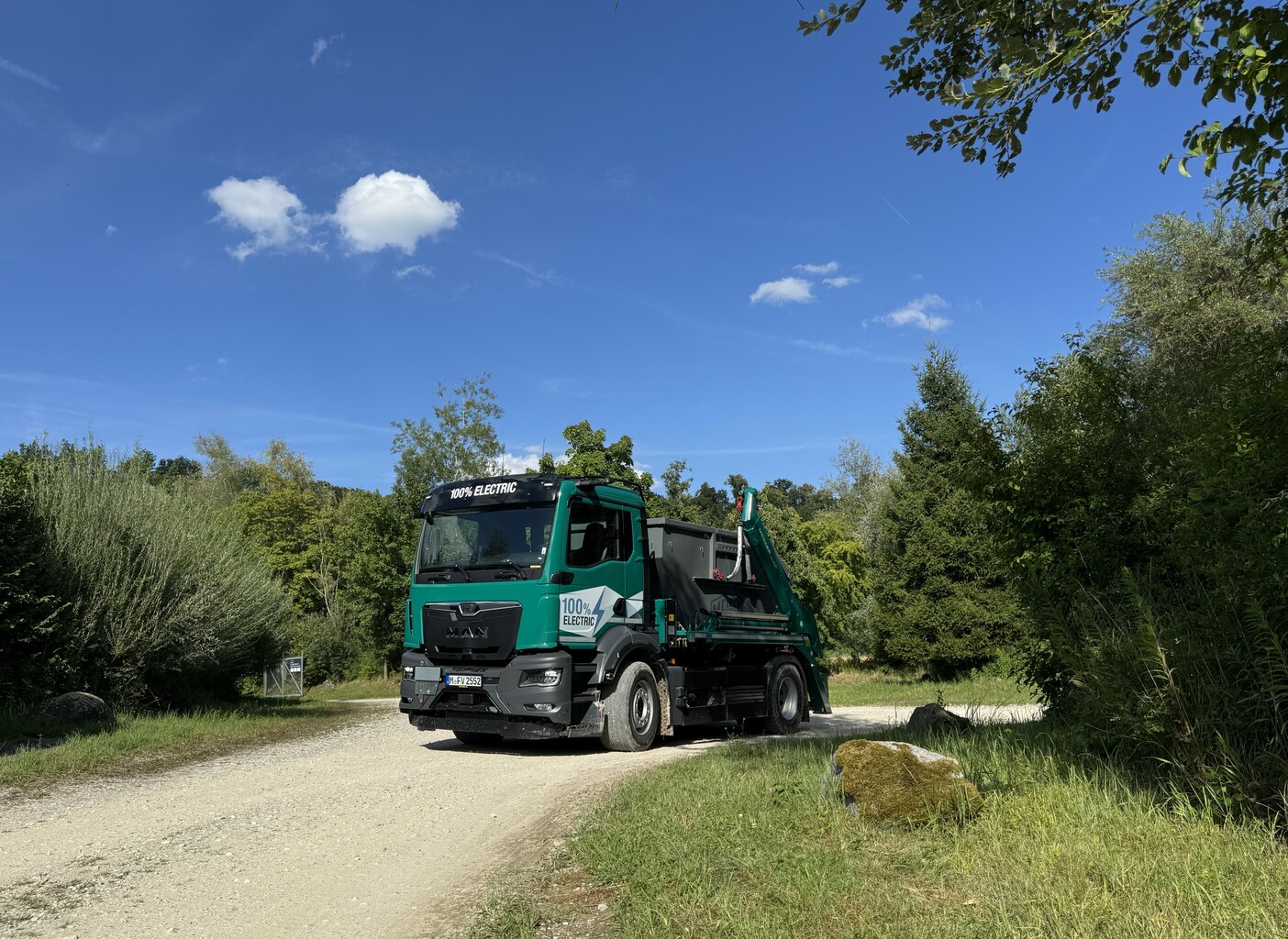
Behind the wheel of MAN eTrucks
After a quick familiarization with the MAN eTGL/eTGS/eTGX series technology, there was nothing left to do but put it to the test. Thanks to the manufacturer, this phase of the detailed assessment of the new products was also carried out 100 percent. The road tractors in the form of the eTGX (BL) and eTGS (LL) were supplemented by the eTGS (LL) construction semi-trailer tractor and the eTGL (LL) container carrier. The three-axle S3 construction tipper on the MAN eTGS (BL) chassis with air-sprung rear axles was selected for the static demonstration.
The first and practically only crucial principle when driving or inspecting electric trucks is: “don’t touch the orange cable”! It sounds like a joke, but it’s worth remembering. The comfort of the cabins, the controls, the infotainment, all of it is as good as we know from the production of conventional MAN diesel models. There’s practically nothing to worry about. You sit down and drive!
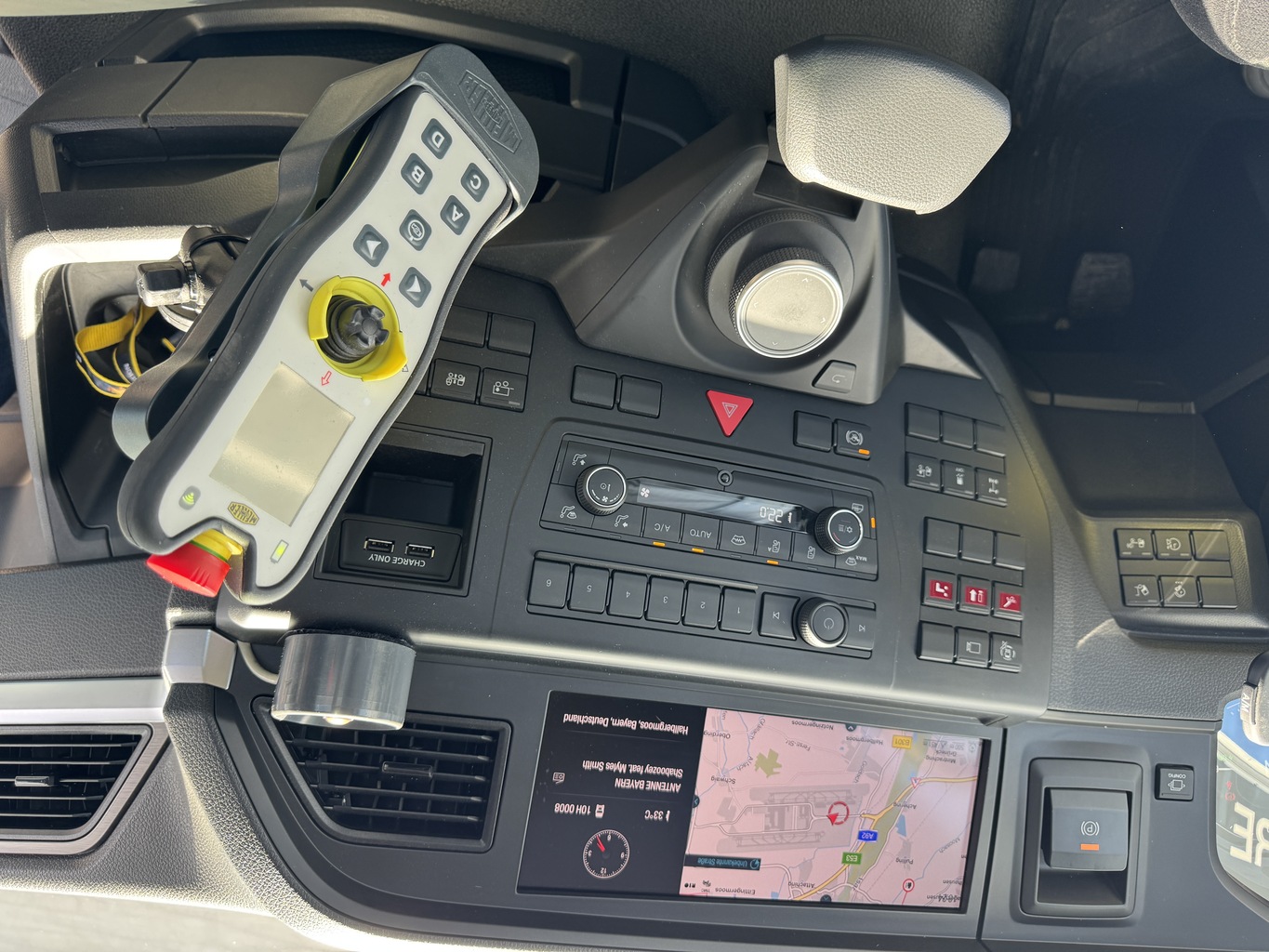
I managed to get to know the different little things of MAN e-vehicles practically on the go. A typical example is the setting for optimizing the use of recuperation, which also includes the continuous brake function. This can be controlled both with the familiar lever on the steering column to the right of the steering wheel, and with the optional One-Pedal-Driving mode (which amused me the most). Here, recuperation is activated with increasing intensity the more the driver reduces the pressure on the accelerator pedal. This allows him to sensitively adjust the driving speed without having to use the service brake and at the same time supply kinetic energy from the vehicle back to the batteries in the form of electricity. The completely newly developed fully digital instrument panel provides information on the battery charge status, energy consumption and energy recovery.
Several road circuits with various MAN electric units revealed all the operating secrets to me – at least those that the driver can know and perceive. The pleasant acceleration and quiet ride are supported by the virtually imperceptible gear changes. There are four of them, but I never actually counted them while driving, even though I was paying attention to them – great job! The energy from the batteries is used not only for the drive itself, but also for comfort functions such as heating or cooling the cabin. To make this process as efficient as possible, the vehicle’s overall temperature management system intelligently combines the cooling circuits of the cabin heating system, the drive unit and the temperature management of the high-voltage batteries to effectively use the excess heat generated during operation to heat the cabin and only use the additional energy from the batteries for this purpose when necessary. This guarantees good temperature regulation even in winter conditions for all cabin sizes. In July, I especially appreciated the capabilities of the air conditioning. On the road, it was off-road – admittedly, it was rather light, but there are no “small” roles, as the classics say. In the off-road area consisting of relatively steep exits and exits of brush roads, tight bends, a whole series of large puddles and soft mud, I had the opportunity to test both the set with a construction semi-trailer (eTGX 4x2 LL) and the separate eTGL container loader (4x2 LL). The specifics of operating electric heavy trucks off-road lie in the smooth control of the accelerator pedal and, as always, in using common sense. There is no need to “step on the gas” too much, the power and torque of the electric motor are available almost immediately. What still needs to be highlighted, however, is the camera system replacing the set of rear-view mirrors. A whole number of drivers are initially somewhat sceptical of this vehicle equipment, until they try it out for themselves. It's a bit like the days of automated transmissions. Today, the vast majority of us literally love them. In addition, I would like to mention one trick that only MAN cars have for now.
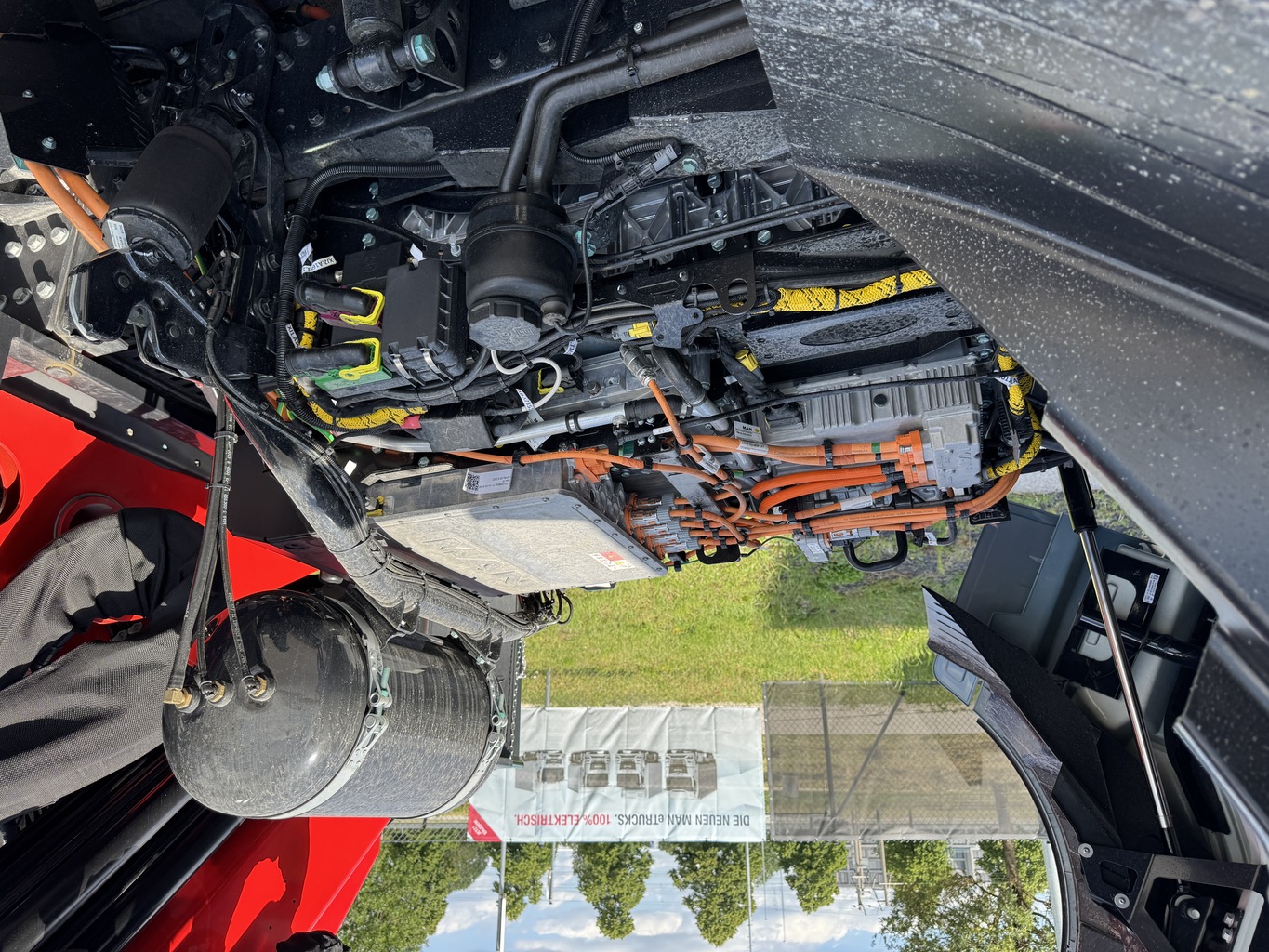
Trick at the end
I have repeatedly had drivers complain about the camera system because they lost orientation about the width of the vehicle. Especially in construction or off-road traffic. Yes, the driver could easily orient himself using the exterior mirrors when entering a confined space, which is not so easy with a camera system. I physically cannot see the camera, let alone the external dimensions of the car's cabin. Well, MAN understood this very quickly, and because, as I wrote in the introduction, they always do everything for the customer, they enriched the system's LCD panels with a view of the front lower cabin and wheels. A simple but quite important trick - the driver can see exactly how "wide" it is and where it fits. Well, gentlemen, if you want to take advantage of this advantage, all you have to do is buy a MAN truck or wait for the competition to recover - but don't let that "profit train" pass you in the meantime.
The mass-produced fully electric MAN vehicles of all model lines are easy to handle, exceptionally quiet and comfortable, highly safe (it can't be otherwise) and, I believe, also efficient. In tests of the vehicles' capabilities you don't always try to get the best possible consumption, but I still recorded about 95 kWh per 100 kilometres travelled - I think that's quite good! Thanks MAN for a pleasant experience.
